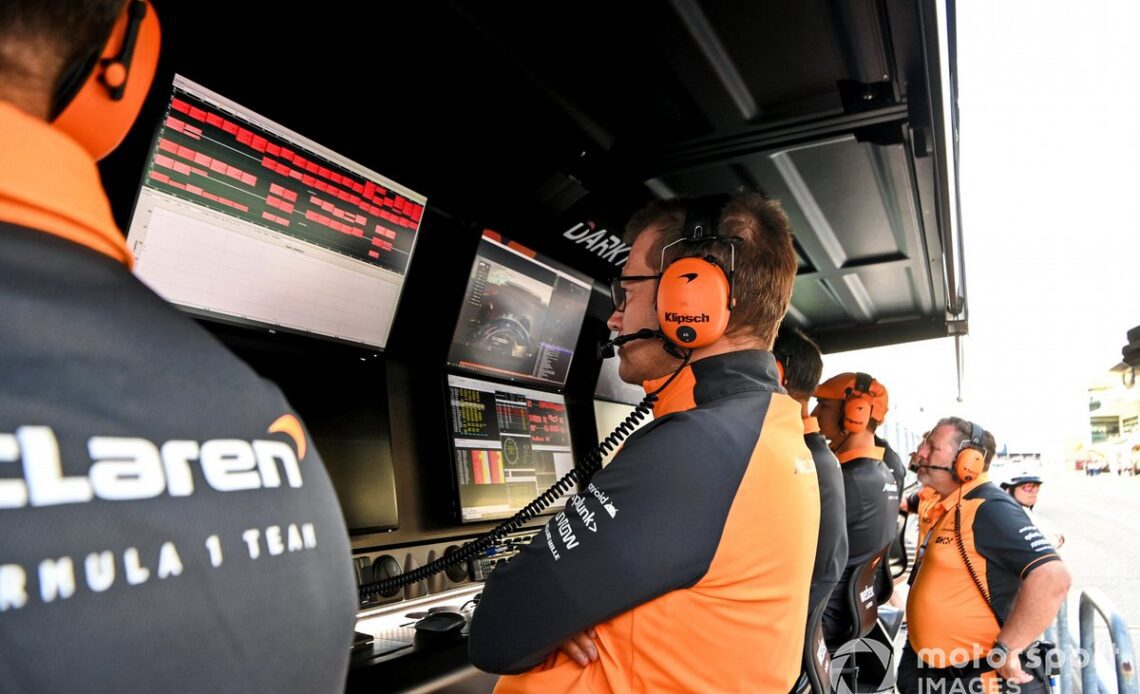“Everyone wants to find that edge in any way in the sport. When you are dealing with hundredths of milliseconds, you look for any advantage you can to help you go faster,” says Ed Green, Head of Commercial Technology for McLaren F1 team.
Every area of race operations activity is scrutinised to try to find a competitive advantage, from front jacks that shave milliseconds off a pitstop, to new communication methods. Increasingly F1 teams are turning to technology partners to give them new tools. One area where a lot of effort is being focussed by McLaren is the future of race operations, in particular high-speed connectivity and the internet of things.
“In Singapore, from the data leaving the car to arriving in McLaren Mission Control [in Woking] was 181 milliseconds. In the Netherlands, a bit closer to home, it was 18 milliseconds,” says Green. “Although that doesn’t sound like a lot in any other world, in Formula 1 that’s a huge difference and equates to a huge distance to track.
“Often, a lot of what we do is think about if we’re 181 milliseconds behind, how can we adjust our timing systems back at Mission Control so we are playing at the same speed as we would be at the track. Often we adjust latencies. The highest we see could be close to 400 milliseconds in Australia, but a lot of time is spent thinking about how we can get that lower and where we can break it down. In the garage the transfer time is less than 8 milliseconds.”
The reason this matters is because F1 teams carry out more critical operations remotely during race weekends from their team factories than ever before. The trend started a decade ago with the advent of high-speed connectivity using fibre optic. F1 rules restricting the number of team personnel permitted to travel and the desire to reduce CO2 emissions from flying people and freight increased the importance of finding high-speed connectivity solutions to allow more staff back in the factory to contribute to the race effort; car engineering during the practice and qualifying sessions and then race strategy decision-making during the grand prix on Sunday.
Andreas Seidl, Team Principal, McLaren, on the pit wall
Photo by: Mark Sutton / Motorsport Images
McLaren has around 40 people operating in the Mission Control back at Woking and one of the marginal gains benefiting their operations is noise cancelling, which means that the working environments for staff at the race track and in…
Click Here to Read the Full Original Article at Motorsport.com – Formula 1 – Stories…

